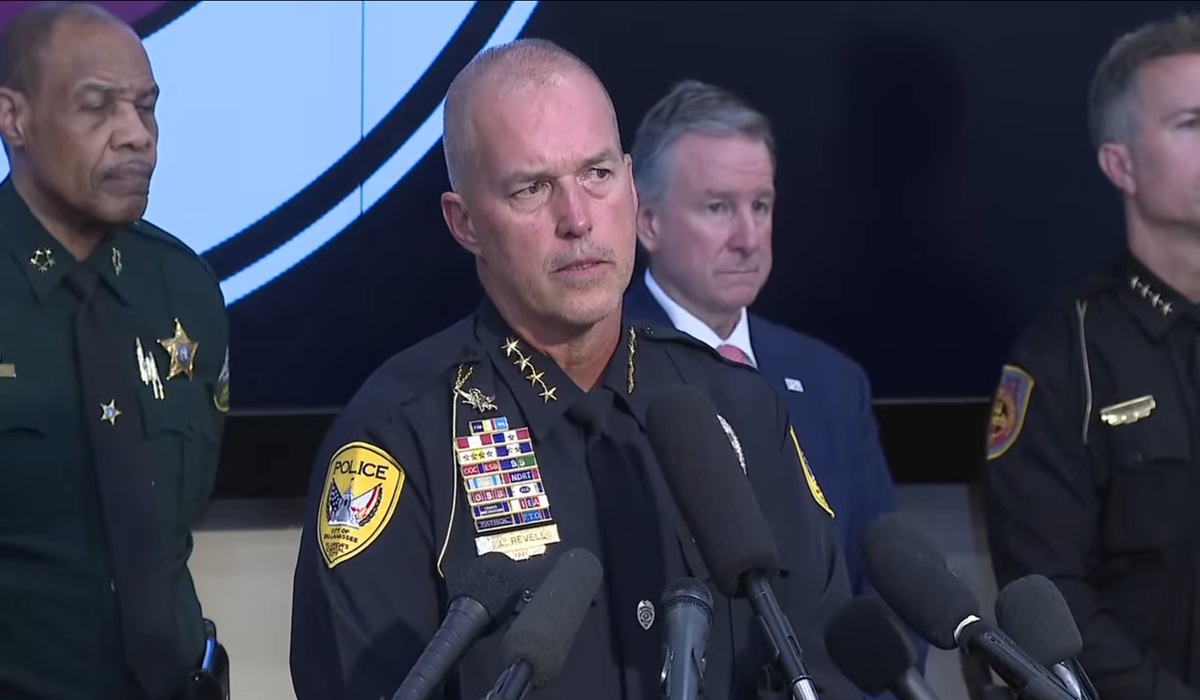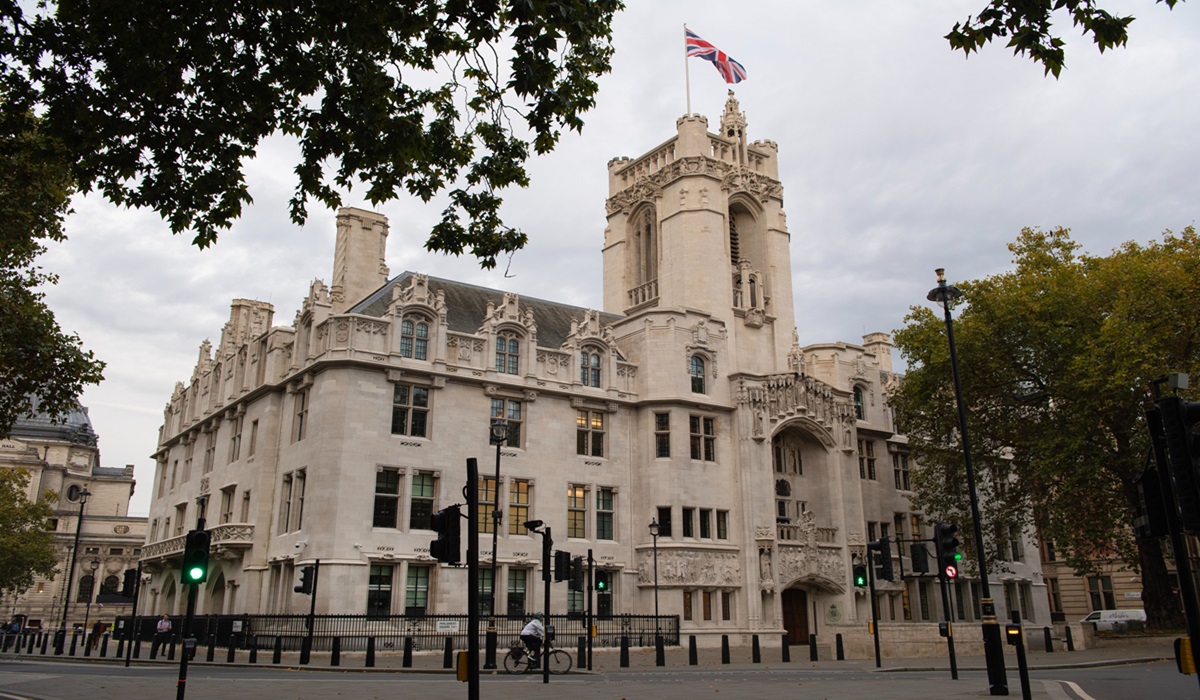Canada recognizes Historic Significance of Residential Schools
- TDS News
- Breaking News
- Indigenous
- September 1, 2020
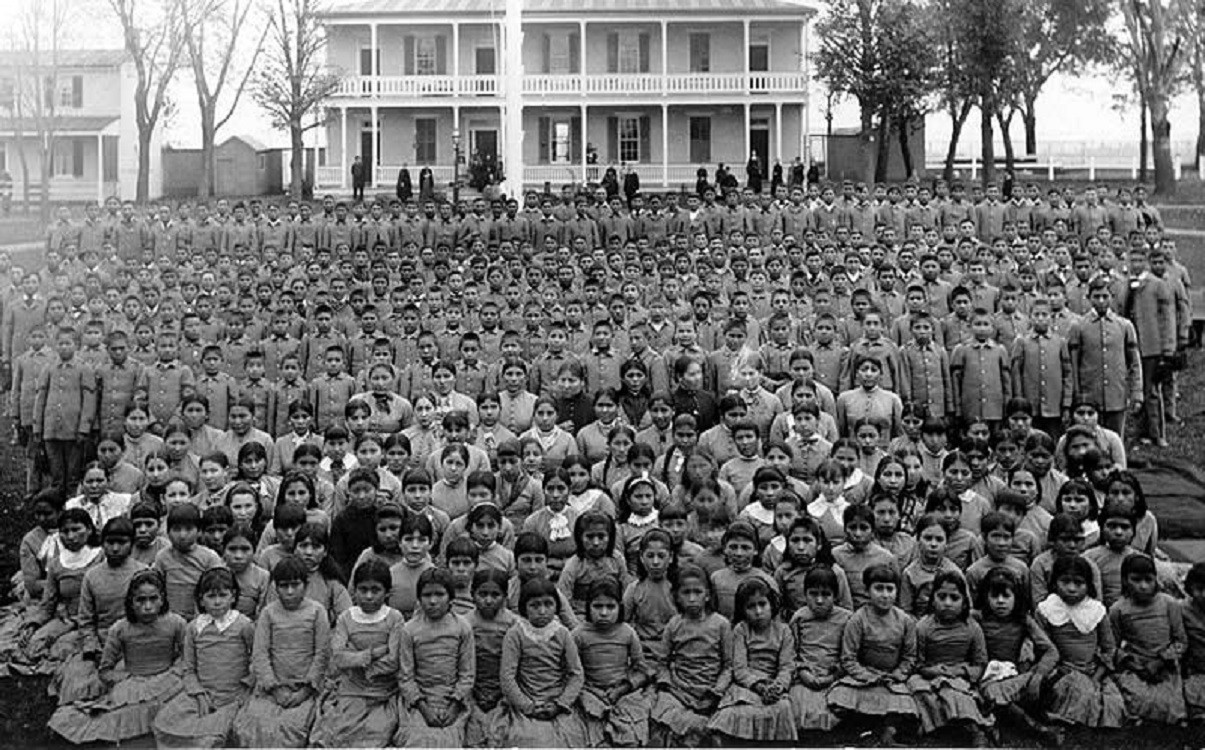
Residential schools destroyed Indigenous families and were designed to destroy Indigenous culture
The Residential School System is a tragedy born from colonial policies in Canada’s history. It is one that has had negative effects on generations of Indigenous peoples with enduring impacts on First Nation, Inuit and Métis communities, cultures, economies, traditional knowledge and ways of life, languages, family structures, and connections to the land.
Today, the Minister of Environment and Climate Change and Minister responsible for Parks Canada, Jonathan Wilkinson, recognized the national historic significance of the Residential School System as a tragic and defining event in Canadian history. Also announced today is the designation of two former residential school sites as national historic sites:

The former Portage La Prairie Indian Residential School in Manitoba; and The former Shubenacadie Indian Residential School in Nova Scotia.
The experiences of former students and survivors of the Portage La Prairie and Shubenacadie residential schools and other residential schools across Canada have affected members of First Nations, Inuit and Métis communities for generations.
Various forms of residential schools for Indigenous children existed in Canada from the 17th century until the late 1990s. During the 19th and 20th centuries, a formal system for the residential schooling of Indigenous children was established and expanded throughout Canada. Concerted federal government involvement in Residential Schools began in the 1880s.
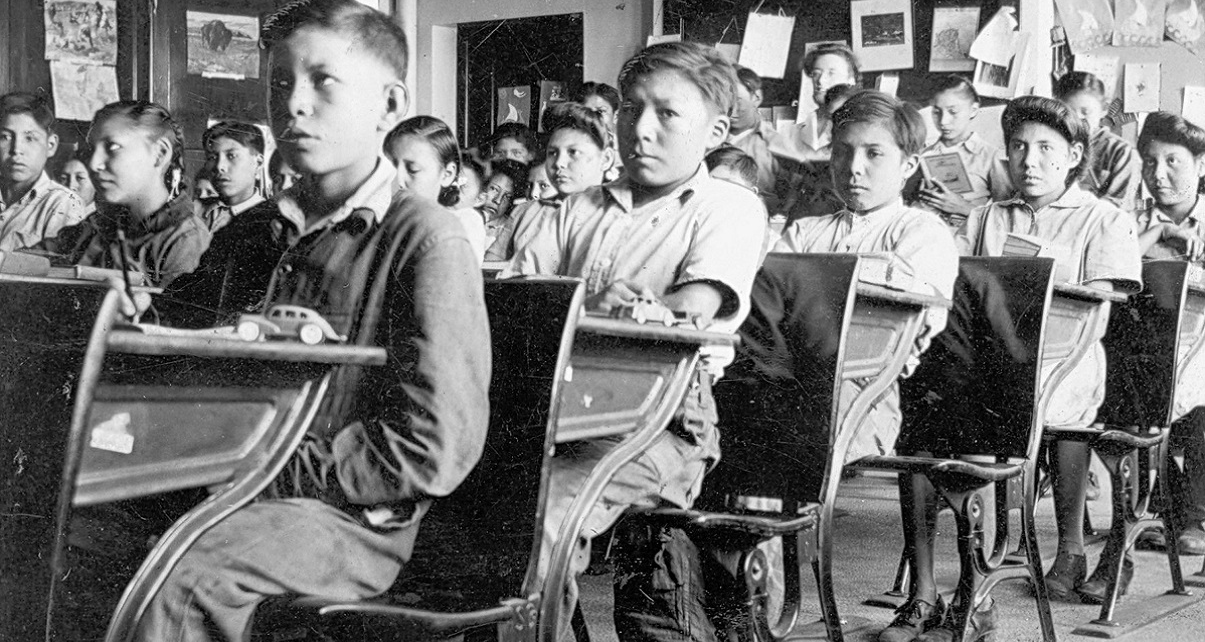
Residential schools were administered and funded by the federal government and largely operated by certain churches and religious organizations and, in time, existed in almost every province and territory in Canada. It is estimated that at least 150,000 First Nation, Inuit, and Métis children attended federally-run residential schools in Canada. The last residential school was closed in the late 1990s.
This system was imposed on Indigenous peoples as part of a deliberate effort to assimilate them and destroy their cultures and identities. Many Indigenous children were forcibly removed from their homes and communities to attend residential schools. While there, children often faced sub-standard conditions, harsh discipline, neglect, abuse, and the deliberate suppression of their languages and cultures.
The fates of numerous First Nation, Inuit and Métis children taken away remain unknown, their graves unmarked. Residential schools have had devastating long-term impacts on Survivors, their families, and communities. The efforts of former students to tell their stories and seek justice have resulted in the Indian Residential Schools Settlement Agreement and apologies by the federal government.
The National Centre for Truth and Reconciliation nominated the Residential School System for consideration as a national historic event and its designation reflects the input and recommendations from Survivors across the country. This designation is an important part of the Government of Canada’s response to Call to Action 79 of the Final Report of the Truth and Reconciliation Commission, which called for national commemorationof residential school sites and the history and legacy of residential schools.
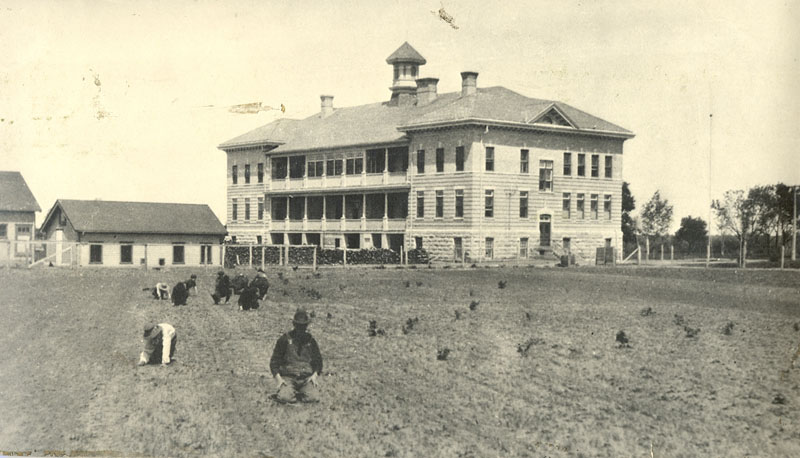
The former Portage La Prairie Indian Residential School site is located on Keeshkeemaquah Reserve, part of the reserve lands of Long Plain First Nation in Manitoba. This site was nominated for designation by the Long Plain First Nation.
Children who were sent to the former Portage La Prairie Indian Residential School came from many First Nations and other Indigenous communities within Manitoba and elsewhere. Parks Canada worked collaboratively with the First Nation to tell the stories of survivors and determine the historic values of the site.
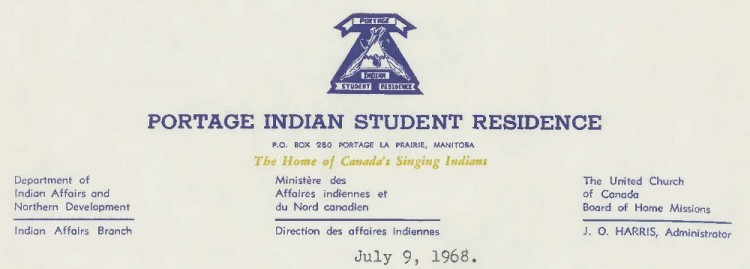
The former Shubenacadie Indian Residential School site is located in the Sipekni’katik district of Mi’kma’ki overlooking the village of Shubenacadie, Nova Scotia. The site was nominated by the co-chair of the Mi’kmaq-Nova Scotia-Canada Tripartite Forum on behalf of Survivors of the Shubenacadie Indian Residential School and their descendants. Mi’kmaw and Wolastoqkew children from Nova Scotia, Prince Edward Island, New Brunswick, and Quebec attended Shubenacadie Indian Residential School.
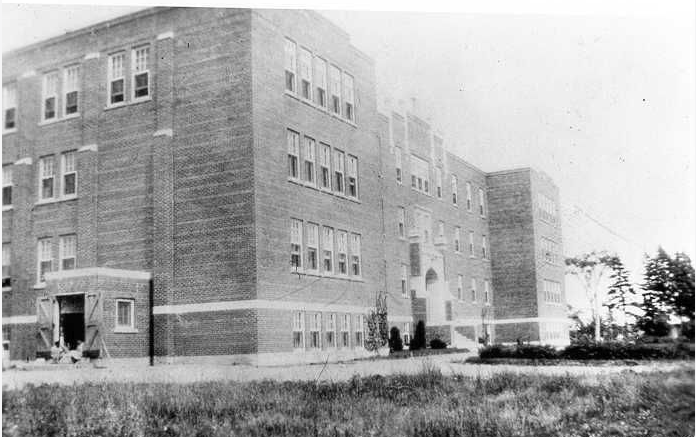
It is also possible that children from other Indigenous communities attended this school. Parks Canada worked with the nominator as part of a collaborative process to highlight the experiences of survivors and determine the historic values of the site.
National historic designations commemorate all aspects of Canadian history, both positive and negative. While some designations recall moments of greatness and triumph, others encourage contemplation of the tragic, complex and challenging moments that define the Canada of today.
Image source UCC archives
Elsie Charles Basque – former student of the school – https://novascotia.ca/museum/mikmaq/?



